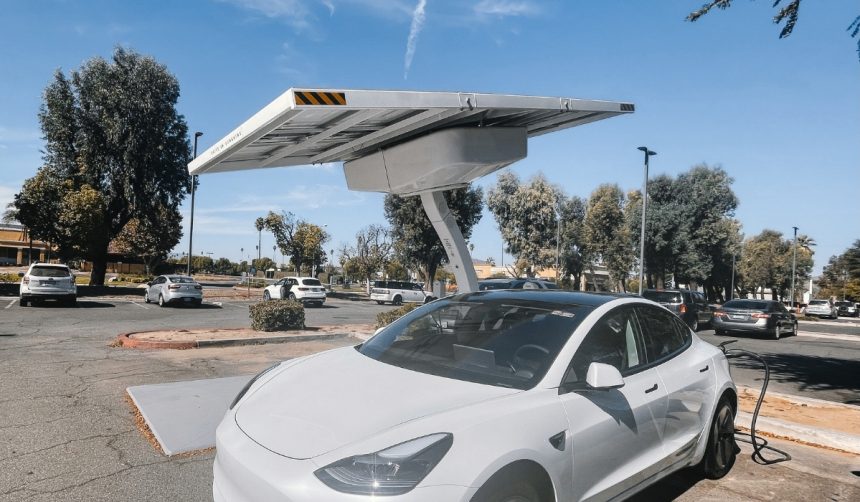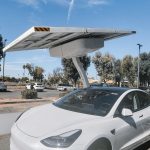Investor attention turned to Tesla this week after Bank of America raised its price target for the electric vehicle company, just as discussions about the sector’s reliance on new technologies gained traction. Market participants are noting Tesla’s expansion into areas such as robotics and autonomous transport, reflecting growing expectations for disruptive advances in the automotive world. Developments in artificial intelligence continue to dominate the investment landscape, influencing how analysts measure the future worth of EV companies. Bank of America’s reassessment signals a broader industry focus on emerging markets like robotaxis and automated robotics for long-term growth potential.
Past coverage of Tesla stock forecasts from major banks often focused on electric vehicle volume and gross margins, with valuations closely linked to Model 3 and Model Y performance. However, newer assessments increasingly shift toward the company’s ambitions in automation and artificial intelligence, suggesting a changing consensus. Previously, projections assigned less value to future ventures like the Robotaxi platform and Optimus robot, while current models see these efforts as increasingly central to Tesla’s corporate identity. This shift in perspective highlights how market approaches to Tesla are evolving alongside its technology roadmap.
What Drives Tesla’s New Valuation?
Bank of America lifted its target price for Tesla (NASDAQ: TSLA) shares from $341 to $471, an increase of 38%. The revised valuation model extends through 2040 and places heavy emphasis on expanding initiatives—especially the Robotaxi and Optimus programs. Analyst Federico Merendi outlined that the method used, a sum-of-the-parts valuation, gauges the Robotaxi effort now as contributing almost half of Tesla’s estimated value.
“Overall, we find that TSLA’s core automotive business represents around 12% of the total value while robotaxi is 45%, FSD is 17%, Energy Generation & Storage is around 6% and Optimus is 19%,”
the analyst explained, highlighting the decreased relative importance of traditional vehicles in the forecast. The analysis also incorporates Full Self-Driving (FSD) capabilities and energy storage roles in the business model.
Why Retain a Neutral Rating?
Despite the upward price target revision, Bank of America held its Neutral rating on Tesla. The decision recognizes substantial efforts in developing autonomous systems and robotics but notes that current share prices already reflect much of the anticipated growth.
“Our PO revision is driven by a lower cost of equity capital, better Robotaxi progress, and a higher valuation for Optimus to account for the potential entrance into international markets,”
Merendi added, indicating that more tangible execution or expansion into new geographies may be required to adjust the rating further. Analysts believe much of Tesla’s calculated future upside depends on real-world market penetration of these new products.
How Do Robotaxi and Optimus Factor in?
Robotaxi, Tesla’s upcoming self-driving ride-hailing platform, is now modeled to provide 45% of the company’s estimated value. Optimus, the humanoid robotics project, accounts for nearly a fifth, suggesting investor enthusiasm around non-automotive ventures. These forward-looking segments supersede the existing electric vehicle lineup, which the model assigns only 12% of the total value. This valuation approach contrasts with prior models that prioritized current automotive revenues and profits over speculative technology developments.
Tesla’s heavy investment in technology beyond vehicles, particularly in autonomous mobility and robotics, draws growing attention from market observers but carries significant uncertainty regarding execution and regulatory approval. Industry analysts and shareholders are closely watching whether Robotaxi and Optimus projects will move from concept to commercial viability on the fast timeline assumed in these forecasts. Readers interested in the sector should monitor advancements in ride-hailing technology, global regulatory responses to autonomous vehicles, and developments in general-purpose robotics. These areas will likely determine how companies like Tesla define their role in the next generation of transportation and automation.
- Tesla’s new price target stands at $471, boosted by future technology potential.
- Bank of America assigns most projected value to Robotaxi and Optimus programs.
- The firm maintains a Neutral rating despite the price target increase.










